Content

Medical Waste Water Treatment System: Technology Diagram and Process
Update: 05/07/2024
Share:




Why is Medical Wastewater Treatment Necessary?
Medical wastewater contains various types of harmful pollutants, including:
- Disease-causing microorganisms: Bacteria, viruses, parasites, etc., which can cause dangerous infectious diseases.
- Toxic chemicals: Antibiotics, disinfectants, laboratory chemicals, etc., which can have adverse effects on human health and the environment.
- Solid waste: Syringes, cotton swabs, gauze, etc., which pose a risk of disease transmission.
If not treated properly, medical wastewater can lead to serious consequences:
- Spread of diseases: Through water sources, air, soil, etc.
- Environmental pollution: Degrading the quality of water, soil, and air.
- Impact on public health: Leading to diseases related to the digestive system, respiratory system, skin, etc.

Stages of Medical Wastewater Treatment
The process of treating medical wastewater involves various stages such as:
1. Preliminary treatment: Removing large solids and suspended solids.
2. Biological treatment: Using microorganisms to decompose organic matter.
3. Chemical treatment: Using chemicals to remove remaining pollutants.
4. Physical treatment: Including processes like filtration and sedimentation to remove small particles.
Modern medical wastewater treatment technologies are diverse and advanced, ranging from on-site treatment systems to centralized wastewater treatment plants. Each system is designed to suit the specific characteristics and requirements of individual healthcare facilities.
Diagram of Medical Wastewater Treatment Technology in Healthcare Facilities

Process of the Healthcare Facility Wastewater Treatment System
The healthcare facility wastewater treatment system is crucial for protecting the environment and public health. Hospitals, clinics, and other healthcare facilities generate a large amount of wastewater containing hazardous pollutants. To ensure that this wastewater does not harm the environment and humans, the use of a specialized treatment system is essential.
Sedimentation Tank
The main function of the sedimentation tank is to remove large solid particles and suspended solids in wastewater. When wastewater flows into the tank, solid particles will settle to the bottom of the tank due to gravity. The sedimentation tank helps reduce the load of solid materials for subsequent treatment stages, thereby increasing the system's efficiency.
Biological Filtration Tank
The biological filtration tank uses microorganisms to decompose organic matter in wastewater. Microorganisms digest organic matter and convert it into harmless substances such as water, CO2, and sludge. This process not only cleans the wastewater but also reduces odors and limits the growth of disease-causing bacteria.
Disinfection System
After passing through sedimentation and filtration stages, wastewater may still contain some bacteria and viruses. The disinfection system uses methods such as chlorination, ozonation, or ultraviolet (UV) light to kill any remaining microorganisms. This ensures that the treated wastewater no longer contains disease-causing agents and is safe to be discharged into the environment.
Additional Equipment in the System
In addition to the main equipment mentioned, there are some essential additional devices to complete the medical wastewater treatment system and ensure the highest efficiency. Here are some important supplementary devices:
Equalization Tank
The equalization tank regulates the flow rate and load of wastewater before entering the main treatment stages. This tank helps balance the wastewater flow, prevents system overload, and ensures stable treatment efficiency.
Floatation Tank
The floatation tank is used to remove fats, oils, and lighter-than-water suspended solids from wastewater. The floatation process uses dissolved air or air to create air bubbles, to which the suspended solids adhere and float to the water surface, where they are then removed from the tank.
Activated Sludge System
The activated sludge system is a highly efficient biological treatment method that uses microorganisms to decompose organic matter in wastewater. The activated sludge contains a large number of living microorganisms capable of digesting organic matter and converting it into harmless byproducts.
Sludge Separation Equipment
After the biological treatment process, the generated sludge needs to be separated from the wastewater. Sludge separation equipment, such as centrifuges or sludge presses, helps separate the sludge from the water, reduce the volume of sludge, and prepare it for further treatment or disposal.
Benefits of Medical Wastewater Treatment System
Implementing a comprehensive and effective medical wastewater treatment system brings many important benefits:
- Environmental protection: Minimizing water and soil pollution, protecting the ecosystem.
- Public health protection: Preventing the spread of dangerous pathogens.
- Regulatory compliance: Meeting standards and regulations for wastewater treatment set by regulatory agencies.
- Cost savings: Reducing wastewater treatment costs and environmental violation penalties.
Toàn Á is a leading unit in consulting, designing, constructing, and operating medical wastewater treatment systems. With an experienced team of experts and advanced technology, we are committed to providing customers with optimal, efficient, and sustainable solutions.
Update: 05/07/2024
Share:




Related news
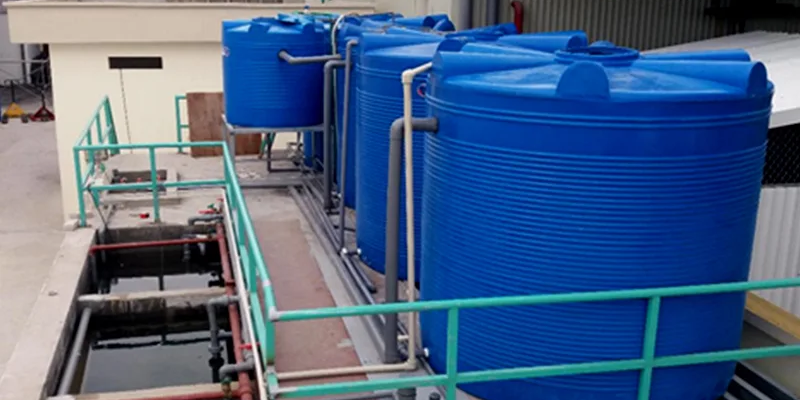
Effective Pharmaceutical Wastewater Treatment Solutions from Toan A JSC
Created at: 04/09/2024

Optimal Solution for Medical Wastewater Treatment from Toan A JSC
Created at: 04/09/2024
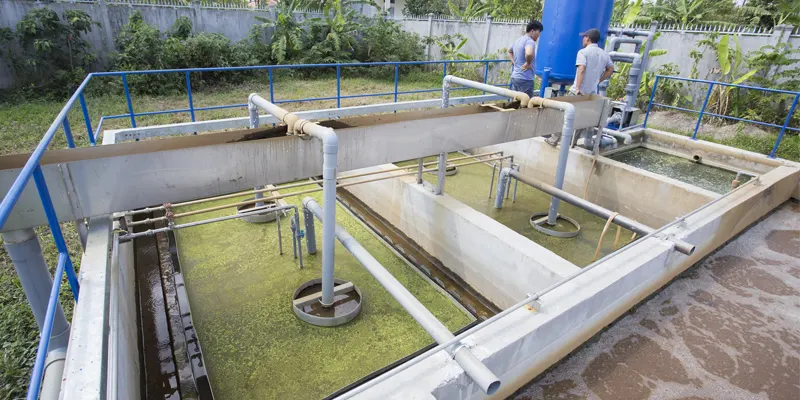
Advanced domestic wastewater treatment technology by Toan A JSC
Domestic wastewater is one of the largest sources of pollution to the environment if not treated properly. In Vietnam, besides individual households, urban areas, apartment buildings, restaurants, hotels, and service establishments are required to comply with the treatment of domestic wastewater according to the QCVN 14:2008 standard set by the Ministry of Natural Resources and Environment to ensure environmental safety and human health. Currently, there are many methods for treating domestic wastewater, each with its own characteristics and specific applications, suitable for different types of wastewater and specific requirements. Let's explore this issue further with Toan A JSC in the following article!
Created at: 14/08/2024






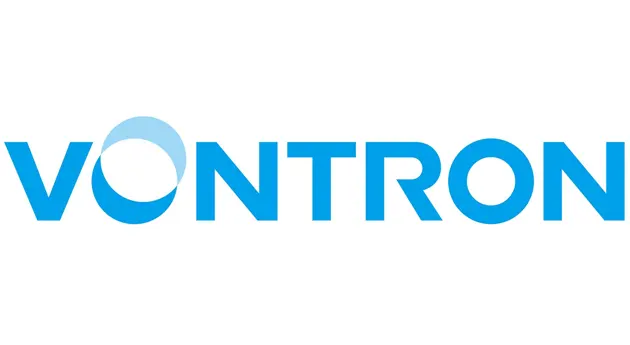



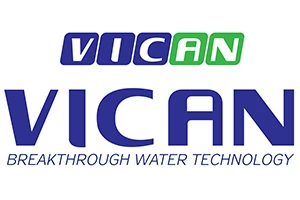






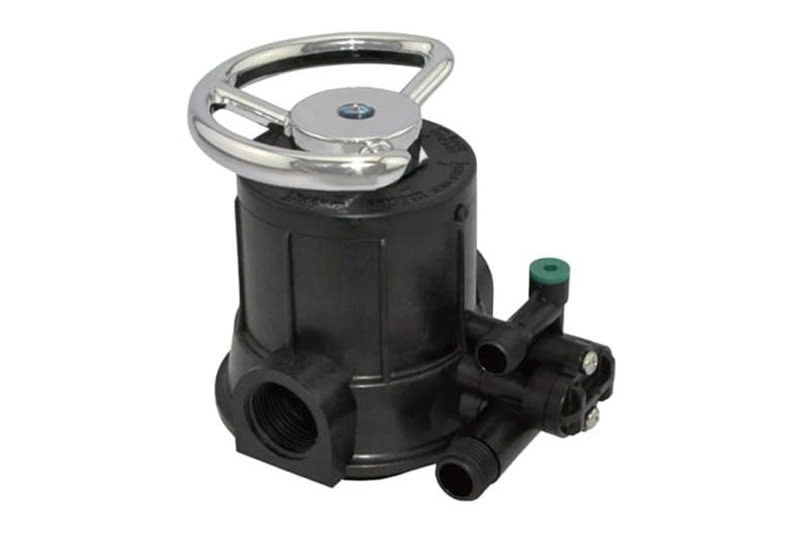
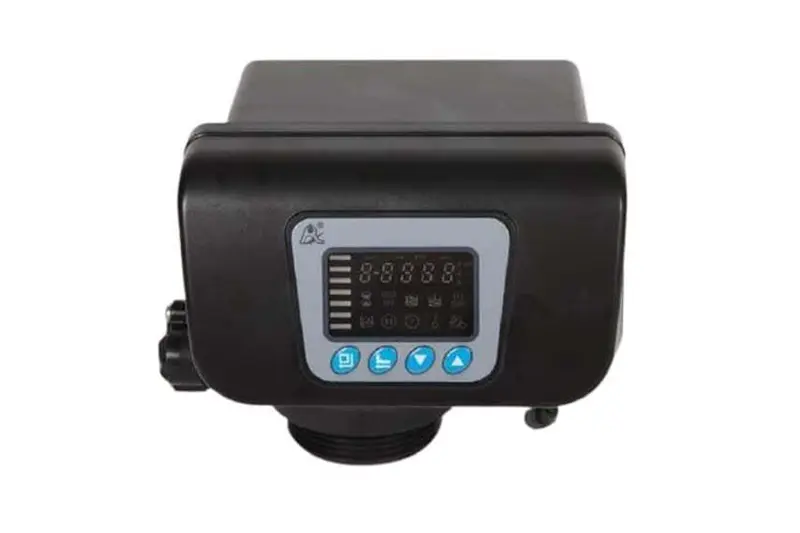




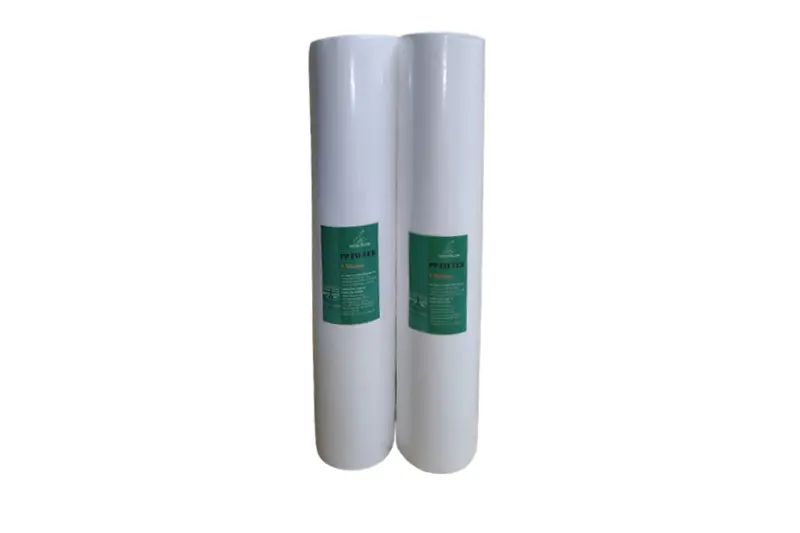



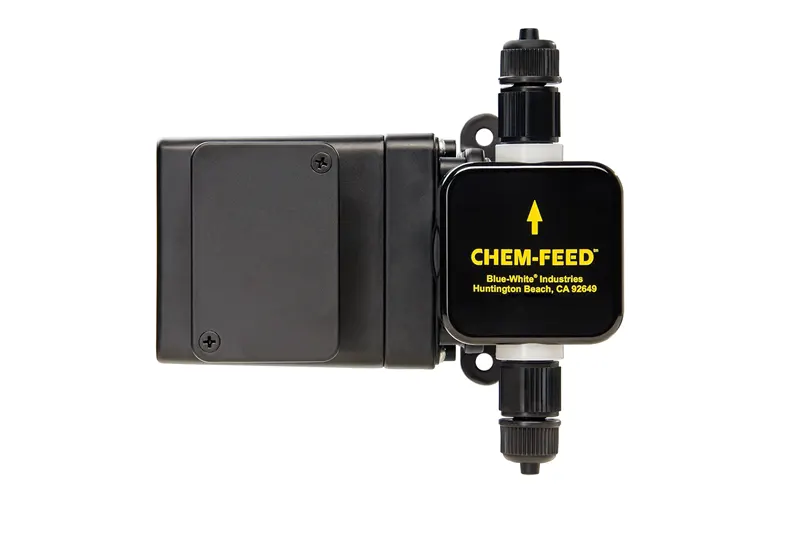
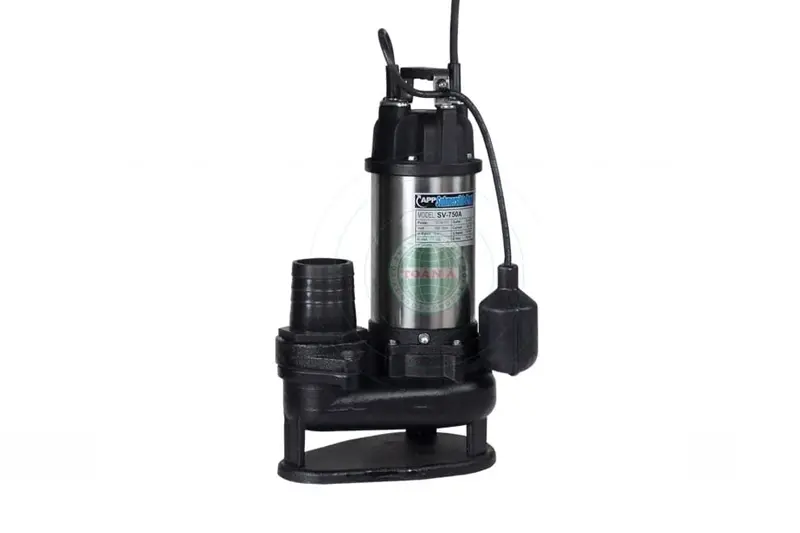



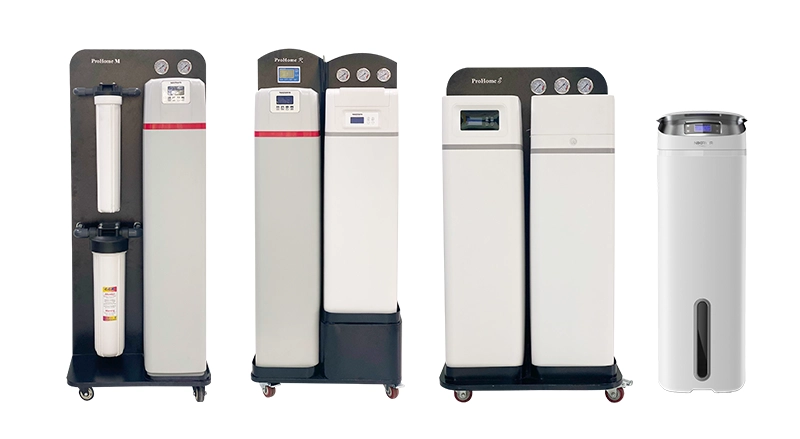
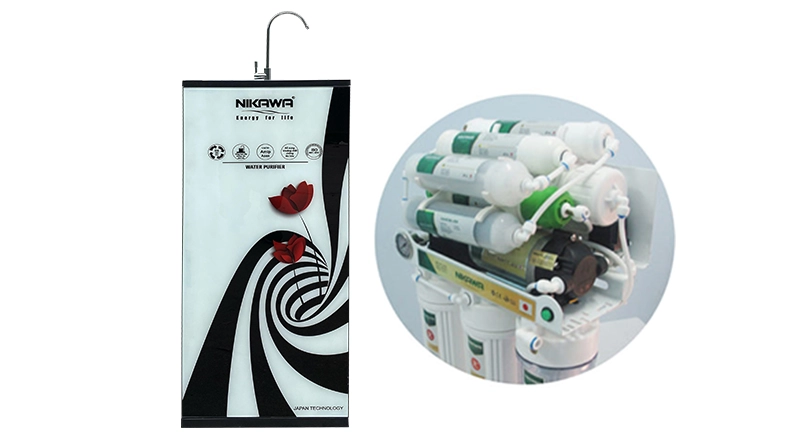
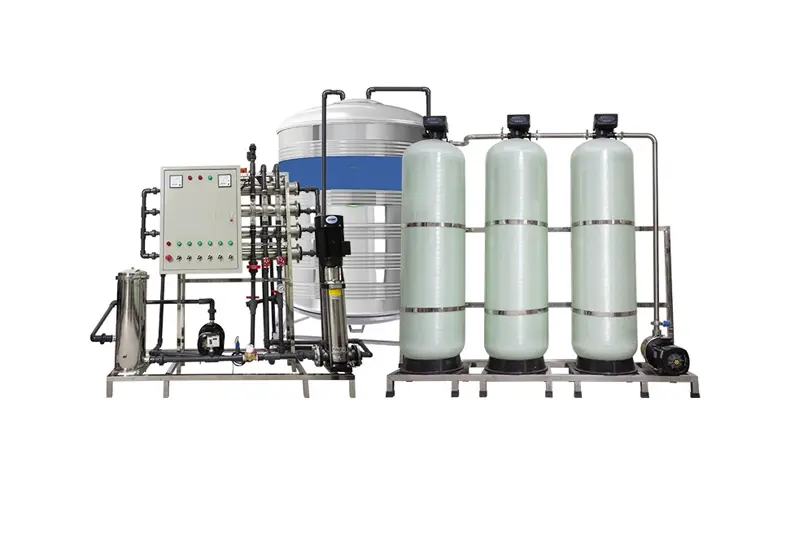
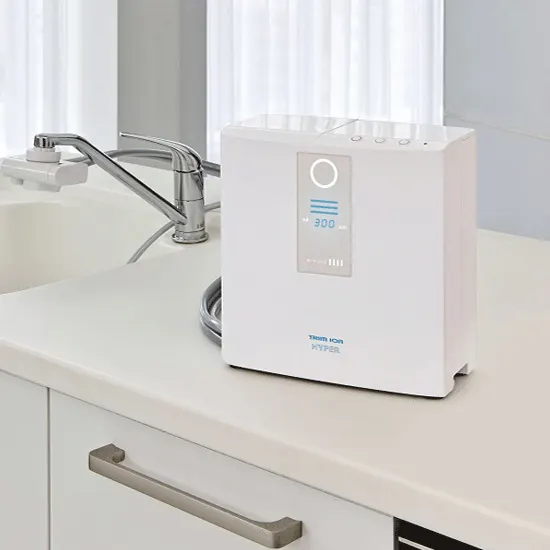
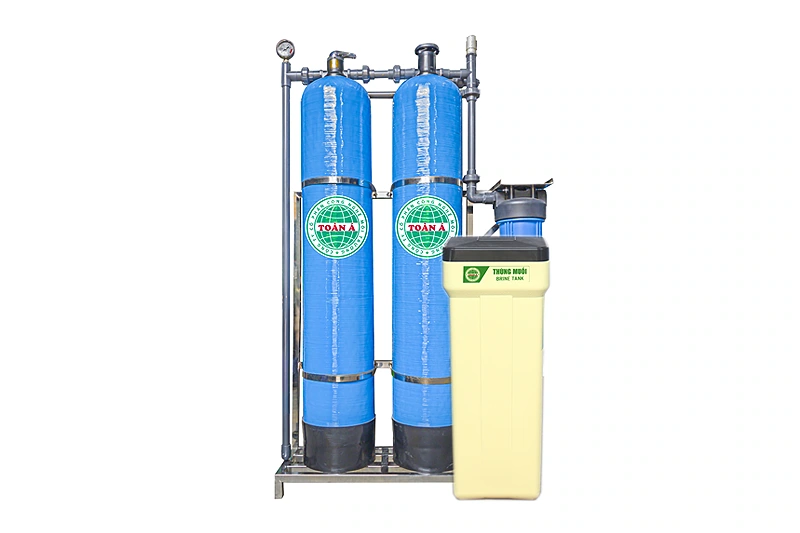


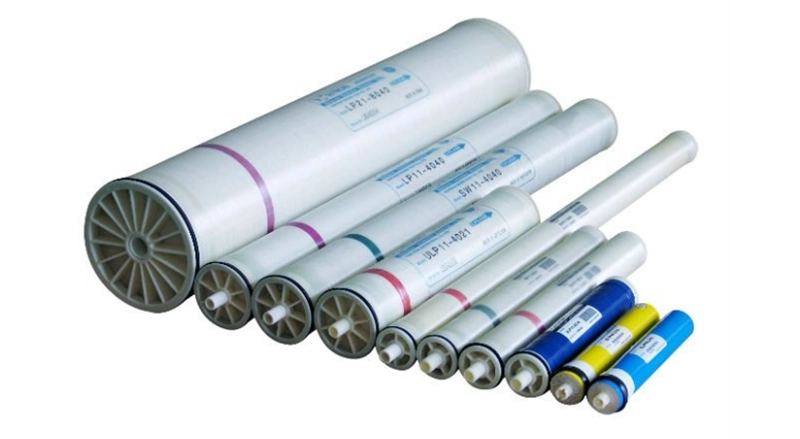
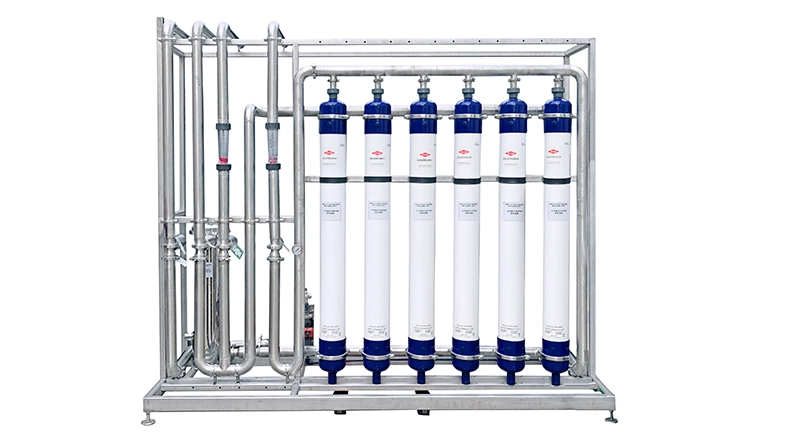


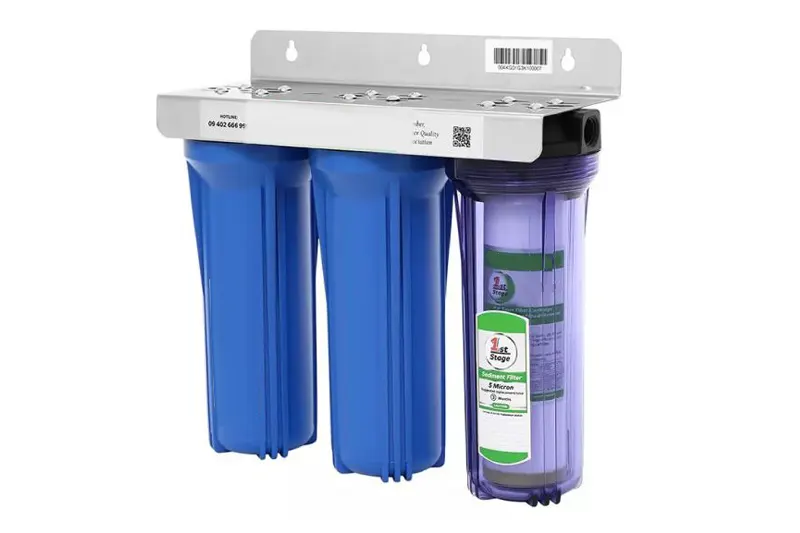

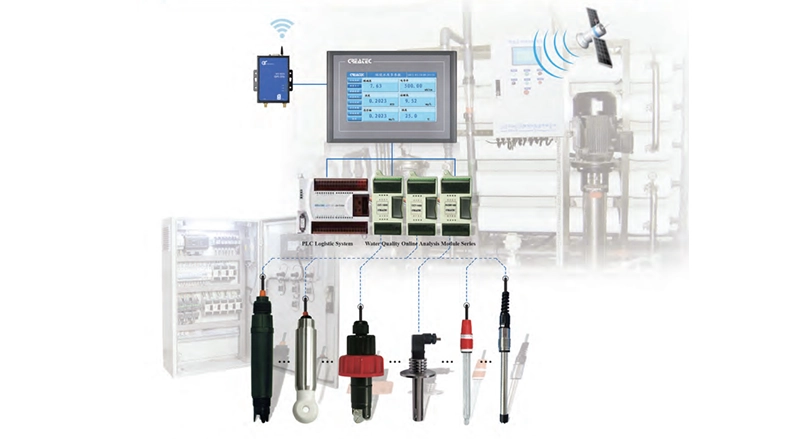
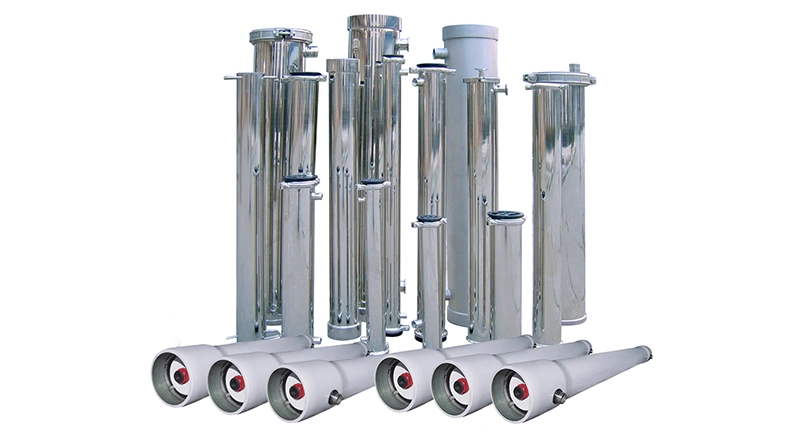
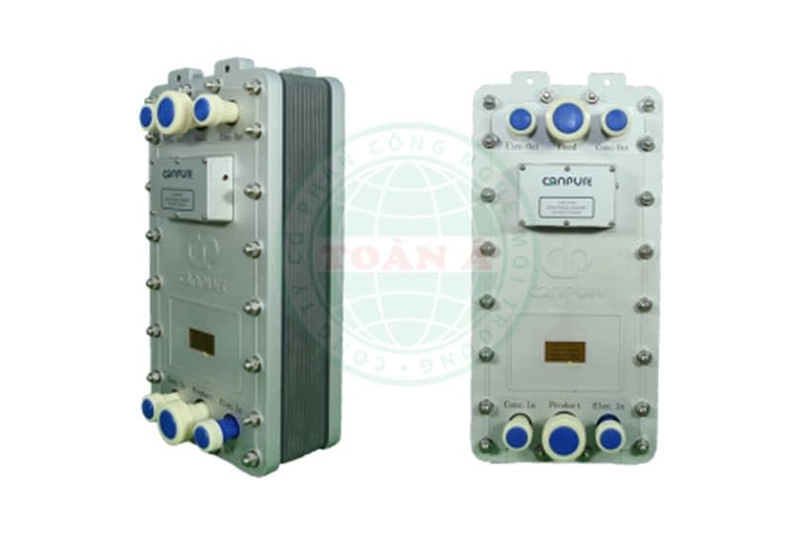
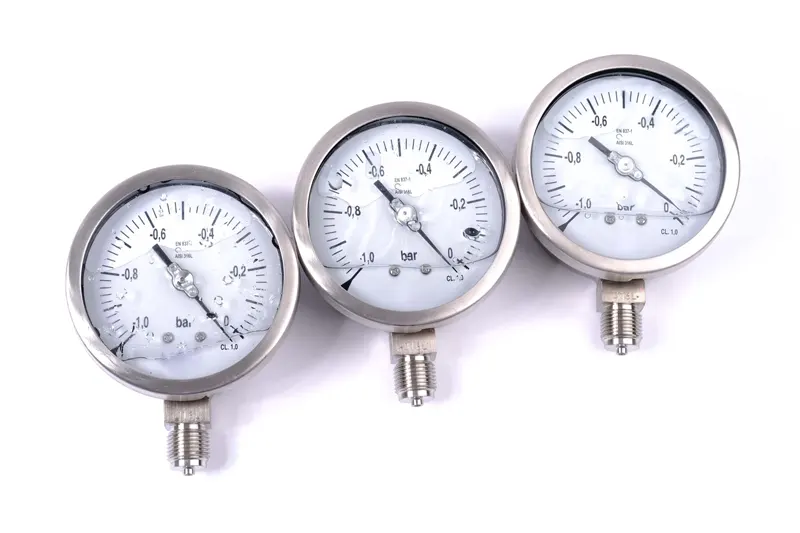
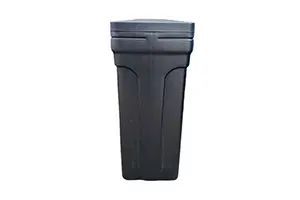


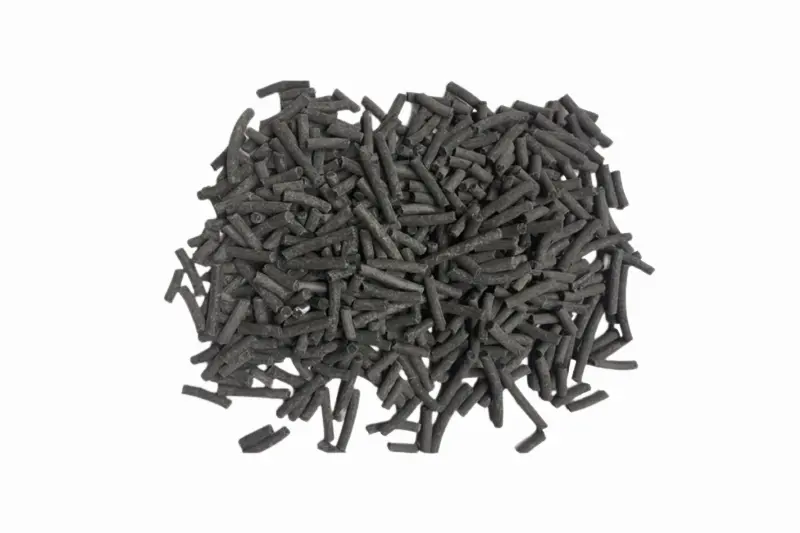
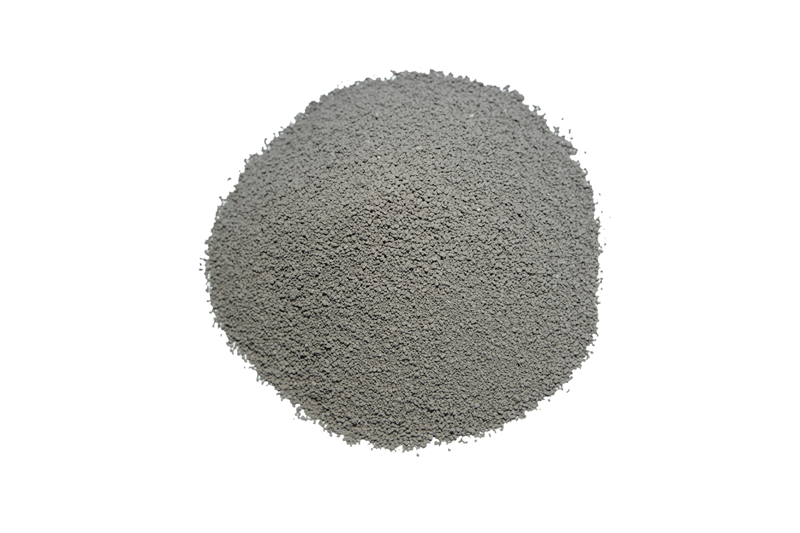
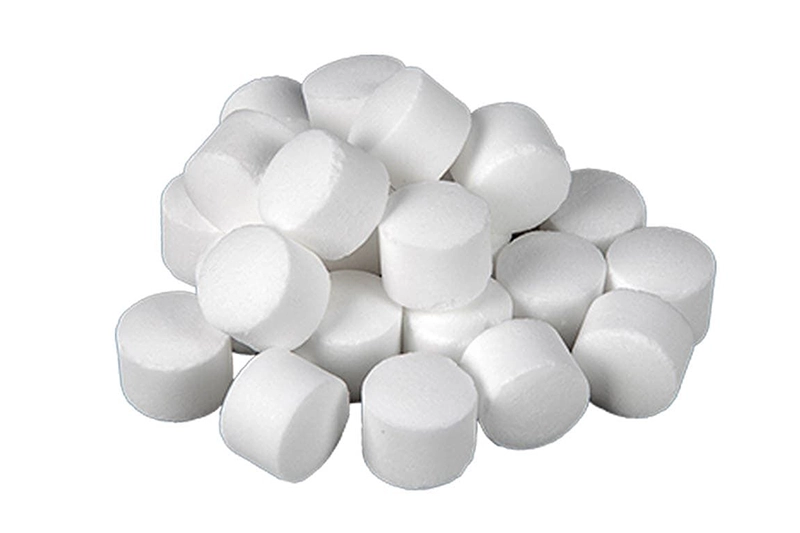
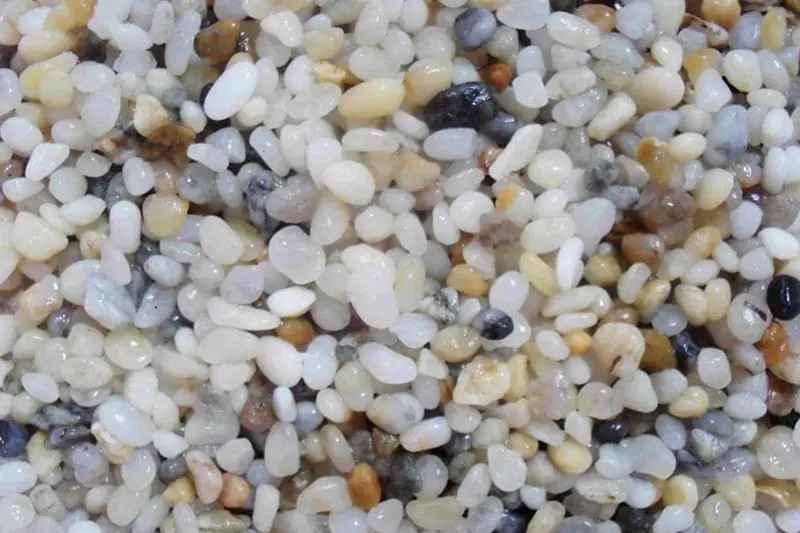










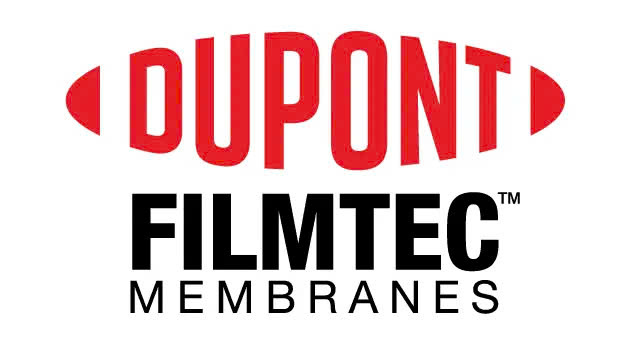

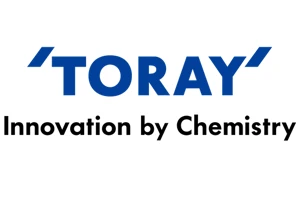

 Water Filter Columns
Water Filter Columns
 Water Filtration Membranes
Water Filtration Membranes
 Control Valves
Control Valves
 Water Filter Cartridges
Water Filter Cartridges
 Water Pumps
Water Pumps
 Water Filtration Equipment
Water Filtration Equipment
 Water Filtration Components
Water Filtration Components
 Water Filtration Materials
Water Filtration Materials
 Heat Pump Water Heaters
Heat Pump Water Heaters





 Products
Products  Solutions
Solutions  Project
Project  News
News